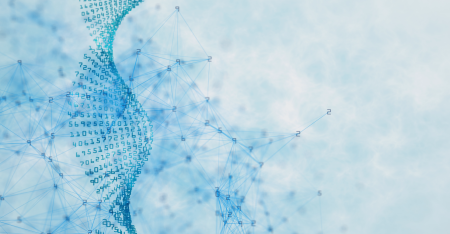Datas generated in particular by connected objects is of major economic interest and facilitates, for example, the targeted marketing. Netherless, their analysis requires specific "data science" techniques, as they are generally considered unstructured. According to the experts, data generated by objects (often of a personal nature) will become increasingly important in years to come in terms of service offerings and future business models.
Expertises
-
Mega-data analysis
Development of methods and algorithms with a particular focus on :
- Patterns (relationship between itemps) and probabilistic thematic models (making probability distributions explicit) ;
- Analysis of Formal Concepts (AFC) and approximation ;
- Analysis of spatio-temporal data.
Keywords : Big data analytics; Spatio-temporal data; Data mining (structured or unstructured); Formal concept analysis; Time series.
-
Data integration, analysis and management
Automates and adapts the entire chain of processing and analysis of large masses of multi-source and multi-modal data from the Web, social and wireless networks, connected objects, sensors and scientific applications.
Keywords : Analysis and data mining; Integrated management of heterogeneous and multimodal data; Composition of analytical processing chains and services; Optimization and customization.
-
Information Dynamics
Studies the chain of processing and transmission of data from sensors to users. Fields of application: underwater and terrestrial bioacoustics, analysis of audiovisual scenes, recognition and search for information in documents.
Keywords : Artificial intelligence; Deep learning; Adaptive information retrieval; Cognition; Scene understanding; Bioacoustics; Speech; Reading; Environmental investigation.
-
Machine Learning
Deep learning, learning theory and learning in signal processing.
Keywords : Automatic learning; Dictionary Learning; Deep learning; Representation Learning; Spectral Learning; Bandits; Grammatical Inference; Core Methods; Learning theory.
-
Information retrieval and Interactions
Personalised and customised information retrieval with a focus on interactive approaches and 2. integration of the results of an information retrieval in human-machine systems including humanoid robots (objective to endow them with the capacity to interact with humans in a relevant way and according to multimodal socio-emotional behaviours).
Keywords : Information retrieval and extraction; Interactive, adaptive and human-centred approaches; Sentiment and emotion analysis; Humanoid systems and mutimodal human-machine interaction.
-
Data processing in the broadest sense
Signals, images (hyper-spectral, flurorescence spectroscopy), video or multi-dimensional, multi-sensor or multi-modal data for the purpose of extracting relevant information and automatic interpretation or decision.
Keywords : Signal – Images – Physics; Approximation theory; Dynamic systems; Source separation - multidimensional deconvolution; Data fusion computer vision; Learning; Classification; Matrix and tensor decompositions; Deterministic and stochastic optimization; Biomedical; Maritime surveillance; Environmental observation and monitoring; Document analysis.

